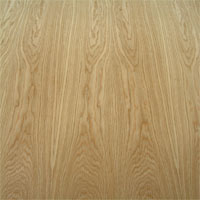902 S. Barrington Ave.
Los Angeles, CA 90049
310-826-8063
1888 S. Sepulveda Blvd.
Los Angeles, CA 90025
310-837-8110
Hardwood Flooring Species
Contempo carries many different species of hardwood flooring, and we have become a reputable name for creating stunning custom hardwood floors. We can match an existing floor, or create a whole new style based on your design needs.
Brazilian Teak

EPAY
Ipe (pronounced E-pay) is a South American wood as exotic as its name. When you hold a piece, you know it’s something special. Ipe sinks in water like cast iron, is hard as nails, and polishes like brass. Ipe is used for decks and outdoor structures because it’s extremely rot-resistant, dries without warping, is free of knots and won’t wear. It’s sold as Brazilian walnut in the interior flooring business.
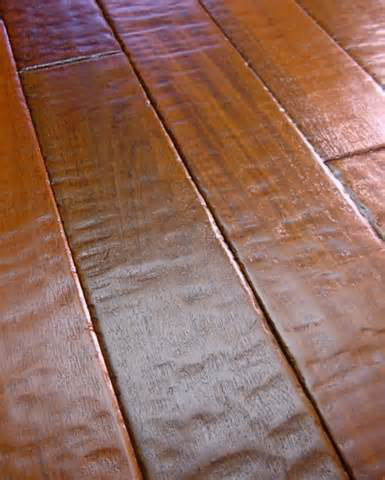
EUROPEAN WHITE OAK
European Oak is a slow/low growth oak tree. Due to its slow growth, these trees have much tighter grains. European Oak flooring is the most popular flooring in today’s market, both commercial, and residential.
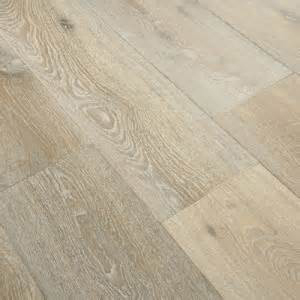
FRENCH OAK
French Oak is processed and graded using strict guidelines by FNB, which manages many of the saw millers in France. They have very clear grading rules, and methods for drying. Many products made with French Oak have a single origin material, which guarantees consistency and quality in the finished product.
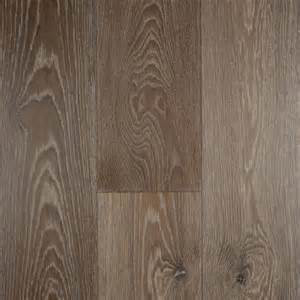
AMERICAN BEECH
Also known as Fagus Grandifolia, American Beech is native to North America. One common characteristic of this specie is that it has a straight and uniform finish with minimal grains. When exposed to increased levels of sunlight, the color of this wood will undergo small color variation.
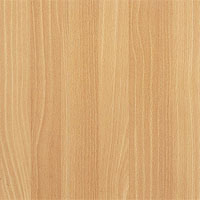
BRAZILIAN WALNUT
This species primarily originated from Central and North America and is characterized by fine texture coupled by fine grains. A rich, deep and dark color highlight the beauty of this special hardwood.

CARBONIZED BAMBOO
Bamboo originated from the East, specifically in Asia, and is well known around the world for its properties of durability and stability. Bamboo is also characterized by a fine grain and smooth texture.

HEART PINE
This species of hardwood is native in Northern and Central America, and is characterized by bold discoloration, which is emanated from the combined tones of both heartwood and sapwood. This type of wood is often used because it is very durable and thick.
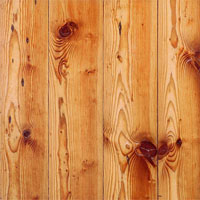
HICKORY
If you want to go for durability, then this is your best bet. Hickory is known to display characteristics of being the hardest and strongest wood in all domestic species. The texture of hickory is rough, while the grain is fine and the lines usually straight.

JATOBA
Jatoba, otherwise known as Brazilian Cherry, is an exotic specie of hardwood mainly characterized by overlapping grains and a rich, golden shine. It is strong, hard and heavy.

KEMPAS
Kempas, like Bamboo, also originated in Asia. The grain of this specie can either be overlapping or interlocked. Other key characteristics of this specie are its luster and relatively course texture.
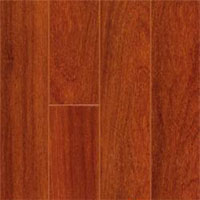
MERBAU
Merbau also originated from Asia. One main characteristic of this specie is that the grain of the wood can be one of three things: overlapping, wavy or straight. This makes it a very unique specie of hardwood. The external texture of this wood can be marred with flecks making it appear golden and shiny.

NATURAL BAMBOO
Originally from Asia, Natural Bamboo is very smooth to touch, thanks to the fine and straight grain that it possesses. Bamboo assumes a light shade which remains unchanged even if it will undergo a manufacturing processes.

NORTH AMERICAN ASH
Found in North America, North American Ash is characterized by straight to somewhat wavy lines. The finish of this wood is very shiny.

NORTH AMERICAN CHERRY
This specie is also popularly known as Black Cherry, or just plain American Cherry. It is characterized by a somewhat fine grain, and accentuated by dark streaks. The finish is very smooth and luxurious, and the same can be said to describe the texture.
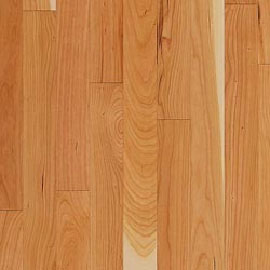
NORTH AMERICAN MAPLE
Also known as Sugar Maple tree, or Hard Maple, this specie’s main characteristic is demonstrating beautiful and curvy patterns. However, for people who are prone to having allergy attacks, you must be aware that there are several reports linking this specie to dermatitis.

NORTH AMERICAN WALNUT
Usually with wood grain that is straight, the North American Walnut is also often characterized by scattered wavy patterns.

PATAGONIAN ROSEWOOD
Patagonian Rosewood originated from South America and is highly recognizable because of the presence of black or dark streaks. Initially, the color of Patagonian Rosewood is a lighter, almost pale hue. As it undergoes the milling process, the shade will take on a darker color, usually with reddish undertones.
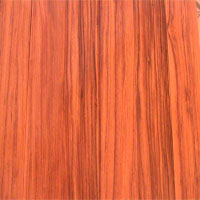
PINE
Probably one of the most common domestic sources of hardwood, Pine is characterized by changing patterns, making each sample different from the rest. The uniqueness of this specie is caused by the uneven composition and texture.

RED OAK
Oak is probably one of the hardest sources of hardwood available domestically. Red oak is very hard, and is further characterized by a broad grain.
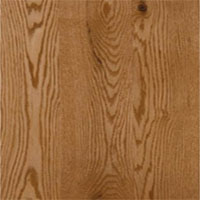
SANTOS MAHOGANY
One of the primary characteristics of Santos Mahogany is the variety of shades which are often found in very intense hues. Similar to Mahogany, this specific specie is also hard and durable.
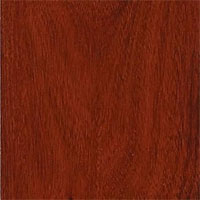
TEAK
Teak originated in Asia, and is otherwise known as Burmese Teak, or True Teak. Main characteristics of this exotic species include having a straight grain and course texture.

TIGERWOOD
Tigerwood can be likened to have the same striping as that of a Tiger since its main characteristic is having bold and dark stripes. Tigerwood displays a somewhat dull luster.
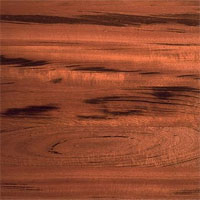
WHITE OAK
White oak is very much similar to Red oak. The main difference is the color tone. Red oak tends to assume a darker color, while White oak displays a more subdued and lighter tone.
